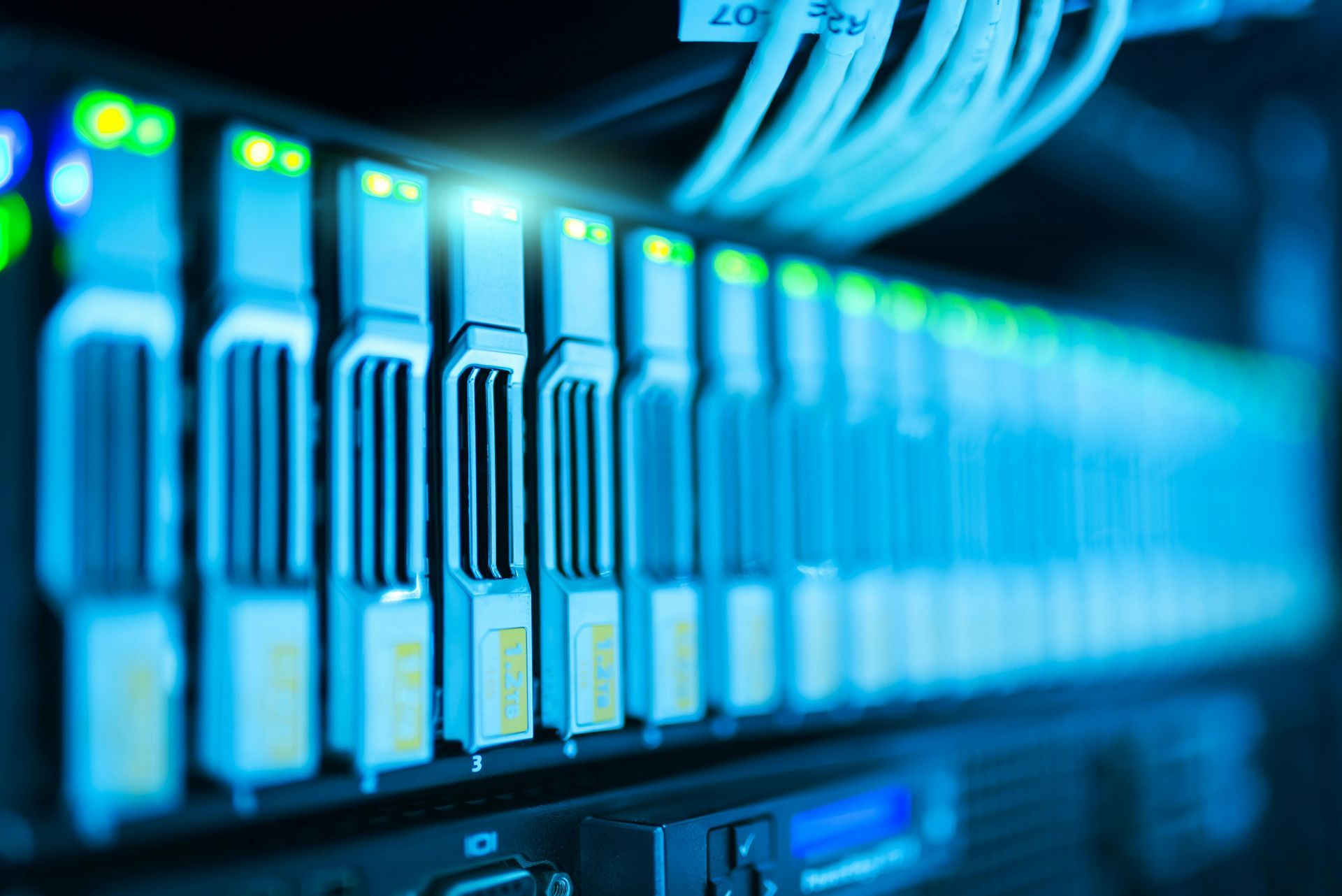Artificial Intelligence
What is Generative AI REALLY?
Generative AI (Artificial Intelligence) is a type of artificial intelligence that creates new content. It can be used to generate reports, draft marketing copy, design visuals, and even analyze customer feedback, saving time and costs. This allows companies to innovate faster, streamline operations, and improve customer experiences.
AI has made remarkable strides in 2024, pushing the boundaries of what was previously thought possible in fields ranging from healthcare to creative arts. As we approach 2025, AI technology is set to evolve further, reshaping industries, transforming the way we interact with machines, and presenting new challenges and opportunities.

Generative AI creates new content like text, images, and even music, offering practical applications such as drafting marketing copy, designing visuals, and analyzing feedback to save time and resources
Achievements of AI in 2024
One of the most significant advancements in 2024 has been the refinement of generative AI models. These systems, like OpenAI’s GPT-4 Turbo, have surpassed previous limitations in natural language processing (NLP). GPT-4 Turbo, for instance, has not only improved in generating human-like text but also demonstrated increased efficiency, cost-effectiveness, and versatility in applications ranging from content generation to real-time customer support. The integration of multi-modal capabilities, where AI systems can process and respond to images, videos, and text simultaneously, has opened new possibilities in areas such as virtual reality, education, and digital marketing have also seen a transformative impact due to AI advancements. In 2024, AI-powered diagnostic tools have become more prevalent, with models like DeepMind's AlphaFold assisting researchers in protein folding predictions. These tools are accelerating drug discovery and enabling more accurate, personalized medicine. AI's ability to analyze vast datasets at unprecedented speeds has been particularly beneficial in genomics, cancer research, and pandemic management.
Autonomous systems have continued to mature substantially. Self-driving cars, while still facing regulatory and technical hurdles, are now increasingly deployed in controlled environments, such as business logistics and public transportation systems. The integration of AI with the Internet of Things (IoT) has also led to smarter, more efficient cities, where traffic management, waste disposal, and energy usage are optimized in real-time.
What’s Next for AI?
Looking forward to 2025, AI is poised to further disrupt traditional industries, particularly through the advancement of general AI capabilities. Experts predict that we may see a significant leap towards Artificial General Intelligence (AGI)—systems that can perform any intellectual task a human can do. While current AI models are still largely specialized, future iterations are expected to possess more generalized reasoning capabilities, bringing us closer to AGI.
Creative industries are expected to see more sophisticated applications of generative AI. By 2025, these tools could enable filmmakers, game developers, and content creators to automate significant parts of their workflows, generating high-quality scripts, animations, and visual assets. However, this also raises concerns regarding job displacement and intellectual property, which will likely be hotly debated in the coming years.
In the realm of human-machine interaction witness the proliferation of AI-powered personal assistants with improved emotional intelligence. These systems are likely to become more intuitive, capable of understanding nuanced human emotions and providing responses that feel more natural and empathetic. This could revolutionize fields such as mental health support, education, and customer service.
However, alongside the rapid development of AI, codes of ethics, privacy, and security are expected to intensify, and rightfully so. The potential misuse of AI, whether through deepfakes, automated surveillance, or biased decision-making algorithms, highlights the need for robust regulatory frameworks. Policymakers are likely to be more proactive in 2025, pushing for regulations that ensure transparency, fairness, and accountability in AI systems.
As AI moves toward more generalized reasoning, 2025 could see tools with better emotional intelligence and creativity, while raising critical debates on ethics, privacy, and job impacts
Conclusion
In summary, the journey of AI from 2024 set to be both transformative and challenging. While technology continues to unlock new possibilities, there is an urgent need to address ethical dilemmas and societal implications. As AI systems become more integrated into daily life, striking a balance between innovation and responsible use will be crucial. The future promises exciting breakthroughs, but it also calls for cautious optimism as society navigates this rapidly evolving landscape.

